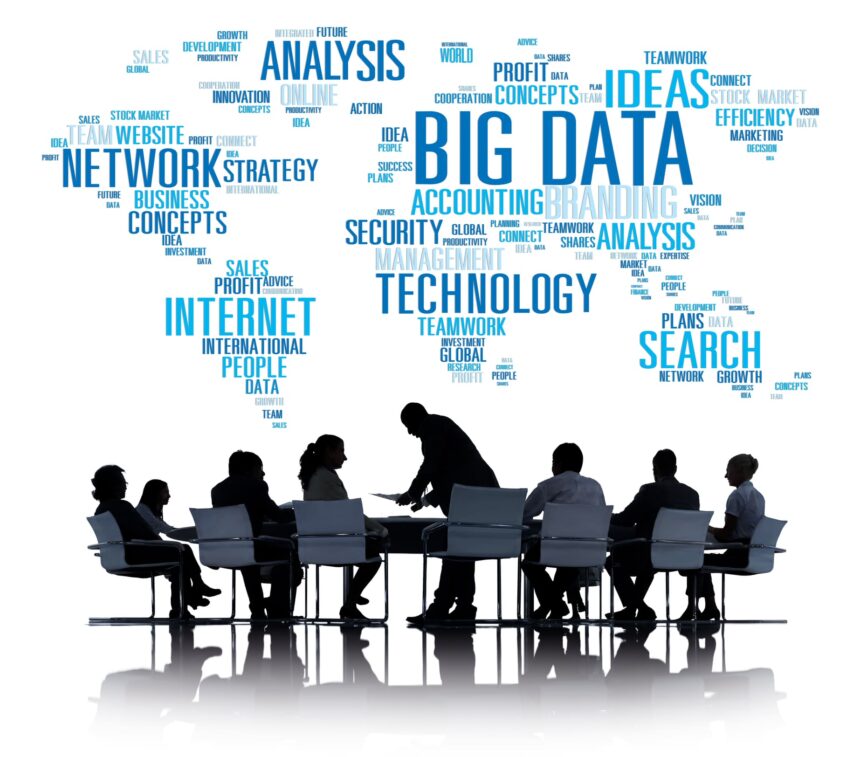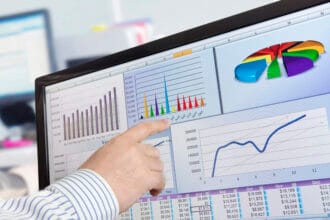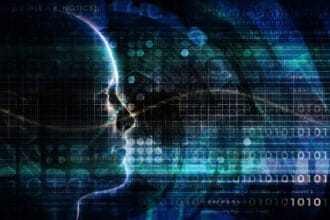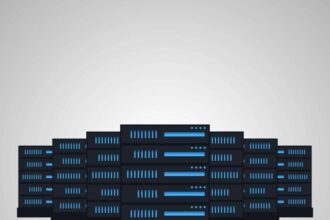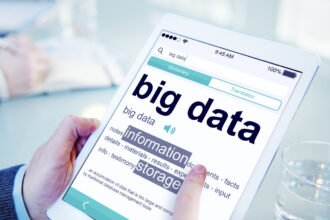Big data is playing a massive role in countless industries. It is changing the landscape of commerce as we know it. As we pointed out in the past, it is the key to business growth.
We recently interviewed many entrepreneurs to understand their big data priorities. One of the most significant benefits is with office productivity.
Many offices are using big data to lift productivity. This is one of the reasons the market for big data is expected to be worth $103 billion by 2027.
Big Data is the Key to Office Productivity
With regards to big data in back offices, the large amount of information that various applications can manage makes them an essential tool for improving productivity. Some of these tools include using machine learning to improve the lighting of small businesses. There are a number of picture lighting tools that can improve the aesthetics of offices that show off pictures to their clients. Similar tools can offer superior lighting to keep the office illuminated in a way that maximizes employee engagement by adjusting with machine learning algorithms.
These big data tools are used to enhance the performance of employees and optimize the management of personnel and supplies. A number of data-driven employee tracking tools help boost performance. They are even used to help choose the format of the premises according to the data analyzed.
The founder of TechFood Consult discussed this recently, stating:
“Only by having more granular management is it possible to increase productivity”. And for this, catering companies have the best possible resource in Big Data.
Pablo Settineri made a similar statement. “We measure everything in case it can be improved,” said Settineri.
Currently, Big Data’s tools are geared towards designing new products, marketing actions, and the launch of promotions in real-time, followed by space planning and the location of new establishments, and the personalization of the offer.
However, companies like Goiko Grill have found it invaluable for employee management as well. Goiko Grill’s experience is being very positive in this regard. “Back office tools that leverage big data help us make employees work better. So that there is transparency and they feel more motivated”, says Daniela Goicoechea.
For example, geolocation tools are becoming particularly relevant.
“These, along with other big data tools, are being used both for the redesign of restaurant networks and for finding the best locations for new openings,” describes Carlos Peregrina. This technology is what is called Location Intelligence. This technology analyzes information on the location and movements of consumers to find the best site for a business, among other applications.
We couldn’t foresee a future without big data. But, neither could many of these companies. Big data is going to change the world in unimaginable ways as many experts are predicting.
Without a doubt, the use of data analysis tools and direct communication with the client in social networks and other platforms are part of the sector’s transformation. As well as the development of services that provide real added value to consumers.
Among the keys to achieving this, Big Data is emerging as an essential resource. Thanks to it, restaurateurs will know their customers better, diagnose business problems and propose solutions, and predict demand and trends.
“In companies with a clear data analysis strategy, the conclusions based on the data should affect the whole company. And this applies to both the business side and the support functions,” says Carlos Peregrina.
Currently, these tools are mainly oriented to designing new products, marketing actions, and the launch of promotions in real-time. These benefits are followed by advances in technology dedicated to space planning, the location of new stores, and the personalization of the offer. These priorities will change in two years, as reflected in the aforementioned KPMG report.
In 2020, data analysis will be applied primarily to real-time marketing and promotions, followed by personalizing the customer experience and predicting customer behavior and needs.
As can be seen, the growing potential of these tools means that their use is spreading across the various functions of companies, going beyond the study of historical data, and moving towards increasingly accurate forecasting models. For example, the preparation of menus, the organization of personnel, or the choice of location of a restaurant will inevitably go through an analysis of the most relevant data to obtain the best possible results for the business.


